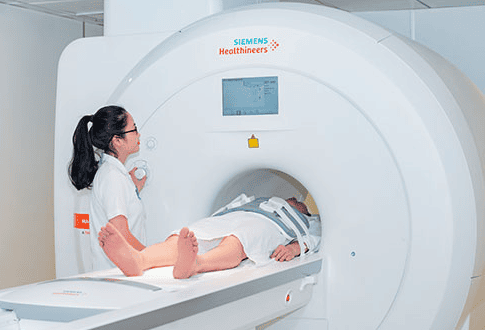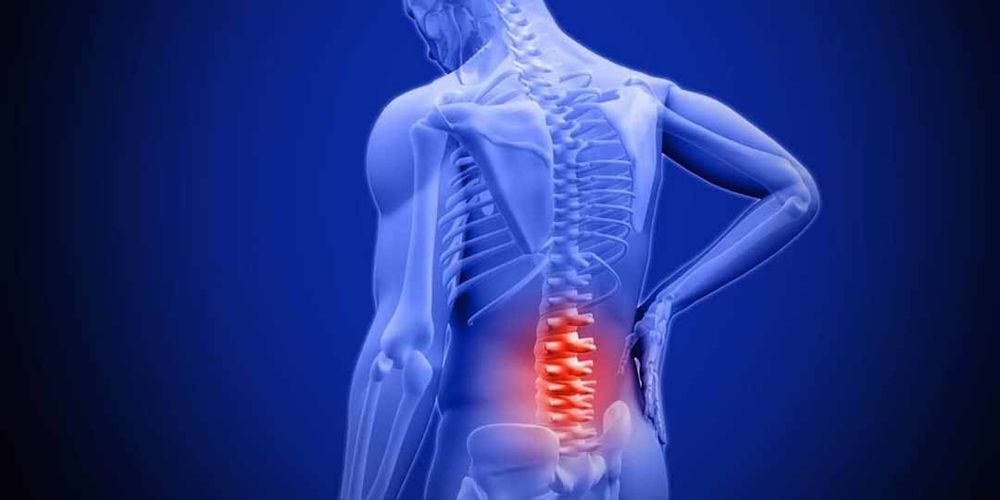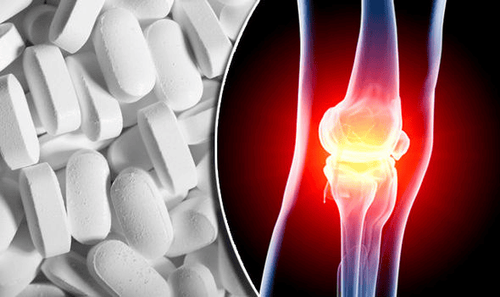This is an automatically translated article.
Injury to the lumbar plexus is a common medical condition today, related to the damage of the lumbar plexus in the lower extremities, which can lead to paralysis and affect some functions. of body. Therefore, when there are suspicious symptoms, it is necessary to be examined and treated for lumbar nerve plexus injury as soon as possible to avoid unwanted complications.
1. Lumbar plexus
For the lower extremities, the sciatic nerve is one of the most important nerves ensuring the motor and sensory functions of almost the entire lower extremity.
The sciatic nerve is the longest nerve in the human body, starting from the spine and running to the tips of the toes, so it governs the activities of the relevant parts in the nerve path.
The sciatic nerve is made up of many nerve roots including, L4, L5, S1, S2 and S3 roots and these 5 nerve roots all belong to a structure called the lumbar plexus, going from lumbar region down to the toes.
Lumbar plexus is located along both sides of the lumbar spine and in front of the transverse vertebral process, the lumbar plexus runs in front of the lumbar square muscle.
The main function of the lumbar nerve as well as the lumbar plexus is to control the movements of the legs, to control the performance of movements such as flexing, extending the knee, sitting up, flexing the foot, coordination of movement of the legs.
Besides movement, the lumbar plexus also has a sensory function, helping the lower extremities of the body to have different shallow and deep sensations.

Đám rối thần kinh thắt lưng giúp chi phối hoạt động của hai chân
2. Injury to the lumbar nerve plexus
Injury to the lumbar nerve plexus is a common clinical disease, related to a number of pre-existing health conditions of the patient such as diabetes, cancer, bleeding disorders. , trauma... Injury to the lumbar nerve plexus often begins suddenly, causing the patient to feel pain as well as other symptoms of sensory damage.
Clinically, some main features often appear in patients with lumbar nerve plexus injury, which are:
Patient has pain, numbness in the lumbar region, spreading to the legs, may have tingling sensations. Weakness of lower extremities, decreased coordination of lower extremities motor function Muscle spasms Decreased sensation in lower extremities, lower extremity tendon reflexes are positive On examination, the Lasegue sign is positive To confirm a patient's diagnosis with certainty If there is damage to the lumbar plexus or not, it is necessary to conduct a number of paraclinical techniques including:
Lumbar magnetic resonance imaging: this is one of the meaningful and valuable subclinical methods. highest level in the diagnosis and treatment of diseases related to the lumbar nerve. Magnetic resonance imaging of the lumbar region helps to survey the lesions appearing in the spine, spinal cord...

Tiến hành kỹ thuật cận lâm sàng như chụp cộng hưởng từ vùng thắt lưng để chẩn đoán bệnh
Lumbar sclerosis Lumbar bursitis Inflammation of spinal muscles Infective arthritis

Cần tránh nhầm lẫn giữa tổn thương đám rối thần kinh thắt lưng với các bệnh khác
However, diseases related to the lumbar nerve tend to be very recurrent, so it is necessary to have a reasonable diet and exercise regimen as prescribed by the treating doctor.
Injury to the lumbar plexus is an important disease that patients as well as physicians should not ignore in clinical, because the lumbar nerve is closely related to the mobility and sensation of the region. lower limb.
Therefore, the treatment of lumbar nerve plexus injury must also meet the problem of finding and solving the cause of the disease, avoiding to the maximum extent the disease recurrence as well as unwanted complications. disease, affecting the patient's quality of life.
Please dial HOTLINE for more information or register for an appointment HERE. Download MyVinmec app to make appointments faster and to manage your bookings easily.













